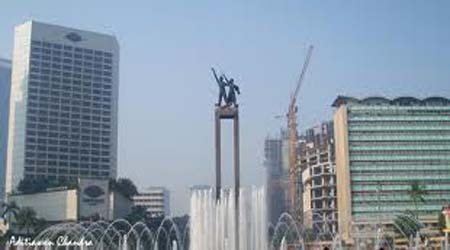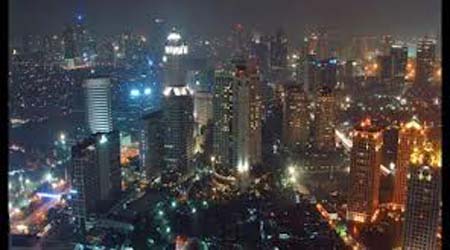Picking up the Pace: Reviving Growth in Indonesia's Manufacturing Sector
Tuesday, January 10, 2012
0
comments
ChallengesSince
the Asian financial crisis, a number of macroeconomic challenges have
led to a decline in the rate of growth in Indonesia's manufacturing
sector. The
real appreciation of the rupiah, rising unit labor costs, a shift to
commodities and resource-intensive sectors, strong international
competition (especially from China) and a tightening of profit margins
have all made Indonesia's manufacturing sector less competitive than its
regional neighbors. Productivity growth in Indonesia is also lagging relative to its competitors.
Major challenges for micro-level Indonesian firms are high transportation and logistics costs, Difficulties in getting credit, and a lack of transparency and certainty in regulations. These discourage new entrants from setting up shop and Prevent existing manufacturers from expanding and enjoying economies of scale.
The "Missing Middle"The myriad challenges have led to a "missing middle" - a large proportion of small and unproductive manufacturing firms - Preventing the manufacturing sector from making a greater contribution to Indonesian economic growth and job creation.
Picking up the PaceDespite these challenges, Indonesia's manufacturing sector may be picking up pace. Demand has grown strongly in recent years and the data suggest that recent investment growth is quickening. At the same time, Indonesia's rapidly growing middle-class and competitive workforce are now more foreign investors into the sector. Growing opportunities in the region are also making Indonesia look even more attractive.
Future PotentialPotentially Indonesia could boost its global market share in manufacturing, create millions of new jobs and facilitate structural transformation. But riding on the back of domestic and international demand is not enough. To improve overall competitiveness and sustain growth, the government and private sector need to Overcome the main challenges facing the manufacturing sector.
Major challenges for micro-level Indonesian firms are high transportation and logistics costs, Difficulties in getting credit, and a lack of transparency and certainty in regulations. These discourage new entrants from setting up shop and Prevent existing manufacturers from expanding and enjoying economies of scale.
The "Missing Middle"The myriad challenges have led to a "missing middle" - a large proportion of small and unproductive manufacturing firms - Preventing the manufacturing sector from making a greater contribution to Indonesian economic growth and job creation.
Picking up the PaceDespite these challenges, Indonesia's manufacturing sector may be picking up pace. Demand has grown strongly in recent years and the data suggest that recent investment growth is quickening. At the same time, Indonesia's rapidly growing middle-class and competitive workforce are now more foreign investors into the sector. Growing opportunities in the region are also making Indonesia look even more attractive.
Future PotentialPotentially Indonesia could boost its global market share in manufacturing, create millions of new jobs and facilitate structural transformation. But riding on the back of domestic and international demand is not enough. To improve overall competitiveness and sustain growth, the government and private sector need to Overcome the main challenges facing the manufacturing sector.
Baca Selengkapnya ....









